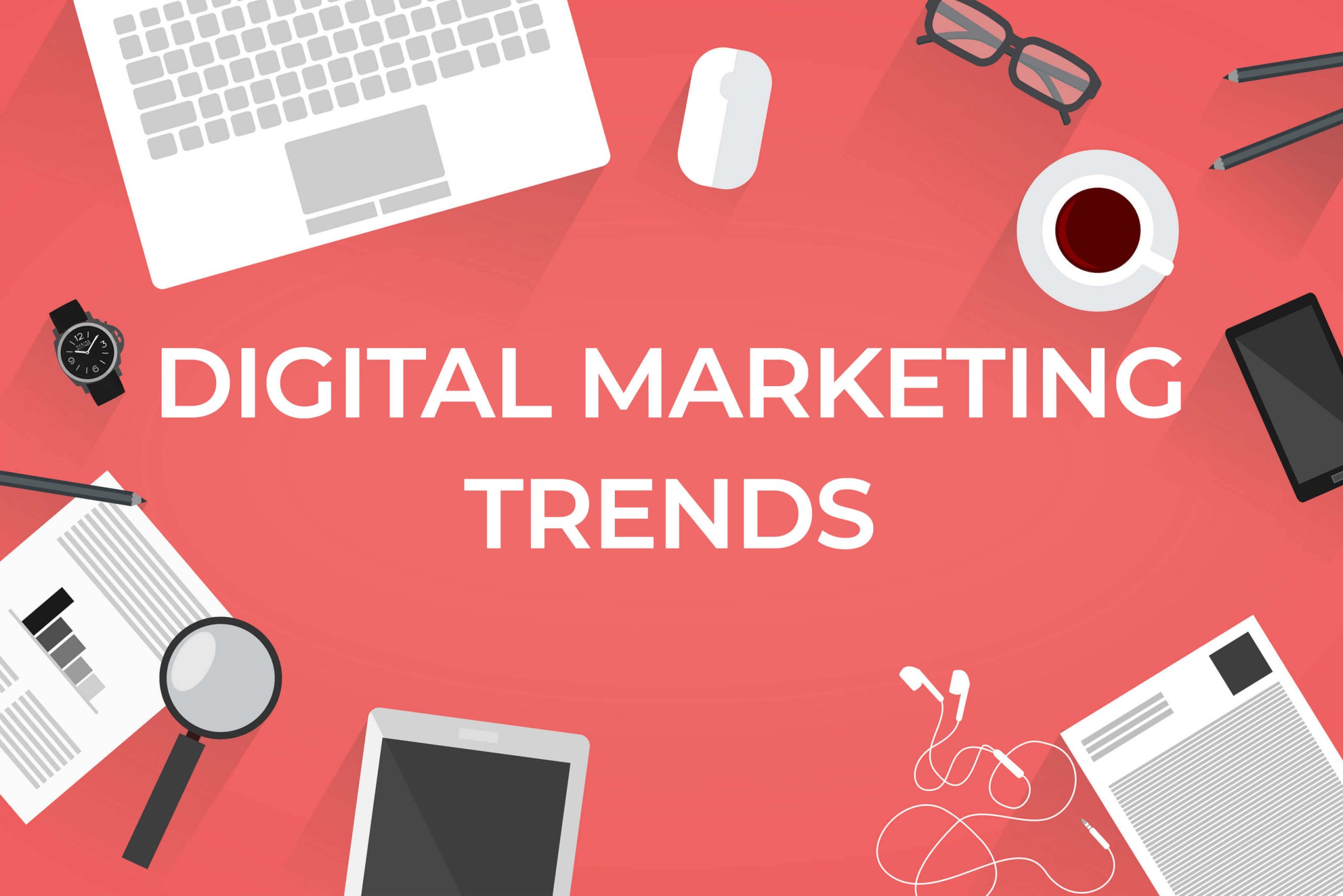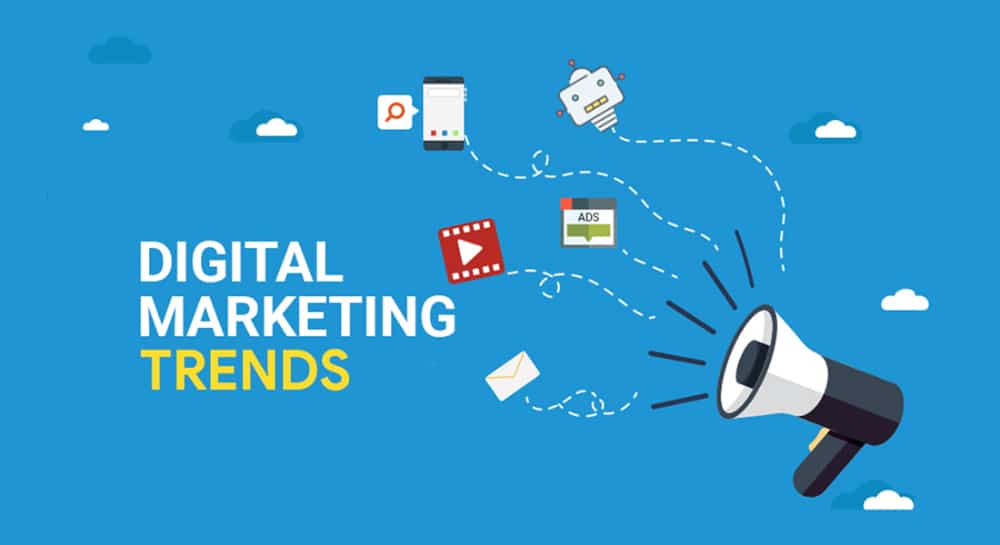Hello!
 We need to look at the opportunities that current trends offer to address the 2021 challenges.
We need to look at the opportunities that current trends offer to address the 2021 challenges.
The lockdown didn’t stop digital advertising from growing despite all the near-apocalyptic predictions. The beginning of the Pandemic didn’t stop this niche’s growth ( 129.1 Billion U.S. Dollars spent in 2020) or its continued progression (in 2021 global brands spent at most $155 billion on programmatic purchasing).
The Resilience of Ad Tech Markets
If you look closely at the content consumption trends, such resilience in ad tech markets is not surprising. People flocked to their TVs and game consoles during the pandemic. This only led to active ad spending on these channels.
 Despite this, 2021 proved to be very difficult due to the tightening of privacy regulations and new regulations. How did we adapt to all of this? And what emerging trends will assist us in the future?
Despite this, 2021 proved to be very difficult due to the tightening of privacy regulations and new regulations. How did we adapt to all of this? And what emerging trends will assist us in the future?
Privacy-Friendly Advertising as an Answer to a Digital ID Crisis
Google’s Chrome cookie was shut down last year and Apple also restricted IDFA. The industry was forced to find alternative methods of tracking, attributing, and processing ad delivery.
1 Contextual Ads
Digital IDs were at breaking point and brands brought contextual advertising back into existence. Because contextual targeting helps reduce the use of third-party data, approximately half of U.S. advertisers ( 49 %) have invested in it.
 However, context is not limited to keywords in 2022. Ad tech platforms can now analyze whole texts and adjust ads for each user individually with artificial Intelligence.
However, context is not limited to keywords in 2022. Ad tech platforms can now analyze whole texts and adjust ads for each user individually with artificial Intelligence.
2 SkadNetwork and Unified ID
While its mechanisms are being created, attribution and targeting will shift towards unidentifiable information in 2022. SkadNetwork is an Apple privacy-centric API that will allow advertisers to measure impressions and clicks as well as app installation at an aggregated level.
Unified ID is an open-source initiative that offers cross-site targeting with attribution. It promises to be as efficient as third-party cookies but offers better control.
3 First-Party Data
 GDPR and CCPA require consent from users before any data is collected. It’s now more difficult for brands and users to obtain such consent, as well as to convince them to opt-in for personalized advertising. In these situations, third-party data is scarce, while the importance of first-party information grows.
GDPR and CCPA require consent from users before any data is collected. It’s now more difficult for brands and users to obtain such consent, as well as to convince them to opt-in for personalized advertising. In these situations, third-party data is scarce, while the importance of first-party information grows.
Brands can build their campaigns using valuable first-party data sources such as CRM data, website behavioral data, questionnaires, and quizzes.
To Improve Ad Performance, We Need to Embrace New Formats and Channels.
Entertainment, tourism, and public dining were all affected by the lockdown. These advertising verticals saw shrinkage as well as outdoor advertising and DOOH. Computing, gaming, streaming, and eCommerce niches grew at the same time.
4 Advertising on CTV
People watched video content during the pandemic. Most of it was streamed via connected TVs, such as Smart TVs or gaming consoles. CTV advertising spending in 2021 reached $13.41 million, which was a 48% increase over 2020. Experts predict that CTV spending will reach $17 billion by 2022.
 CTV advertising spending in programmatic will be impressive this year – 8.8 million. CTV advertising spending increased during the pandemic. This proves that advertising is still very popular and is well worth spending money on CTV ads.
CTV advertising spending in programmatic will be impressive this year – 8.8 million. CTV advertising spending increased during the pandemic. This proves that advertising is still very popular and is well worth spending money on CTV ads.
5 Video and audio ad formats
In 2022, video advertising will surpass $43 billion. This is a 31% increase over 2021. This is accompanied by a rise in the popularity of podcasts and digital radio listening.
Audio programmatic was responsible for 16% of all audio ads. In 2022, it is expected that this number will be 21% greater. Audio ads are not like banners and don’t compete with other commercial materials on the same page.
They are also invisible to ad blockers, so ad budgets don’t get wasted.
Wrapping It Up
 Advertising changed rapidly in the last year. Many transformations presented new challenges regarding privacy, advertising attribution, and changing consumer behavior.
Advertising changed rapidly in the last year. Many transformations presented new challenges regarding privacy, advertising attribution, and changing consumer behavior.
Although the changes that are occurring seem scary, they create the trends that will open up new opportunities for us to adapt and thrive in our future.
Thank you!
Join us on social networks!
See you!






